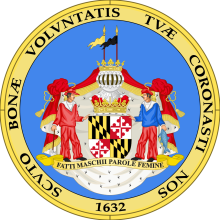Community Broadband Legislation Roundup - May 25, 2021
Snapshot
North Carolina Governor budgets $1.2 billion of Rescue Plan funds towards closing the digital divide
Vermont Senate includes private ISPs in what was a community-based solution to universal access
Alabama Governor approves $17 million in broadband grants, some to Comcast and Charter Spectrum
The State Scene
North Carolina
North Carolina Gov. Roy Cooper released a budget proposal last Wednesday that anticipates using $1.2 billion of incoming federal COVID-19 relief funds towards broadband infrastructure, affordability initiatives, and expanding digital literacy. With North Carolina set to receive a total of $5.7 billion in federal American Rescue Plan funds, Gov. Cooper is dedicating nearly one-fifth of the incoming relief to closing the digital divide.
Next, the State House, Senate, and the North Carolina General Assembly will create their proposals for how to spend the relief funding. Then, they'll have to rectify any differences. Each chamber's plans could look similar to the governor's or vastly different.
Gov. Cooper’s proposal specifically allocates [pdf]:
$600 million towards expanding broadband infrastructure, including: $350 million for the state’s existing last-mile grant program (GREAT grants), $150 million for competitive bidding which will allow county governments to leverage the funds for public-private partnerships, and $100 million towards stop gap solutions “to address local infrastructure needs and connect underserved households not likely to get fiber for three to four years.”
$420 million towards affordability initiatives which will subsidize low-income service plans.
$165 million for digital literacy, including: $40 million towards device support to provide computers to 96,000 households which currently lack them; $30 million towards break/fix services to replace devices for over 275,000 North Carolinians; and $95 million towards community-based digital literacy campaigns.
The plan aims to connect 100 percent of North Carolina households with children to high-speed Internet access by 2025, and anticipates the affordability initiatives in the proposed budget will provide 380,000 individuals with a $50/month subsidy for four years.


